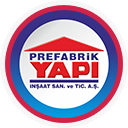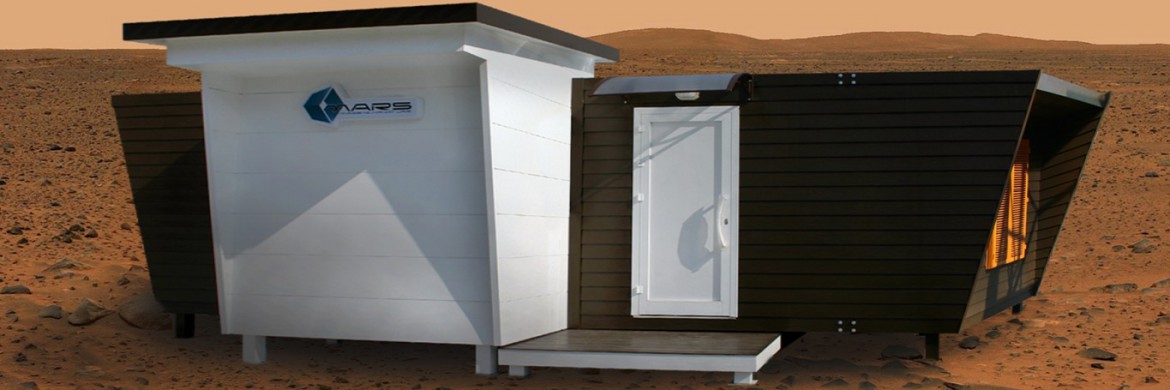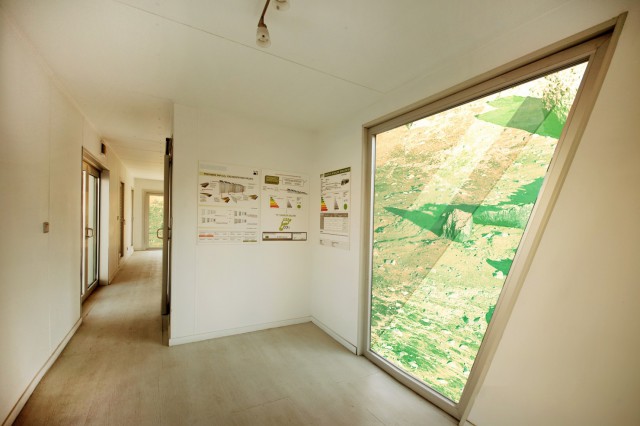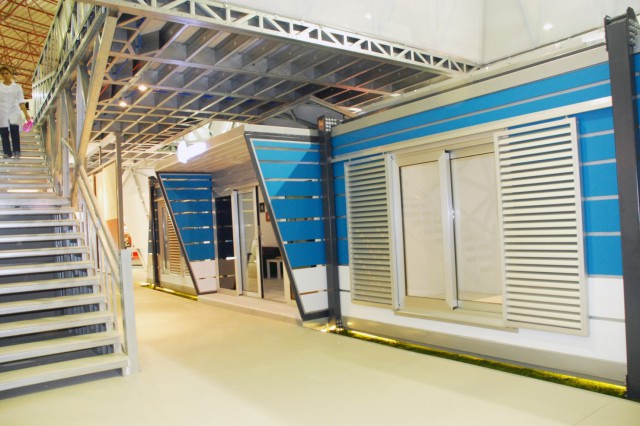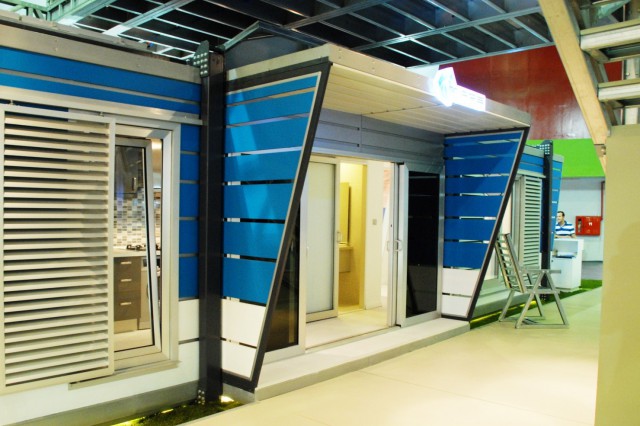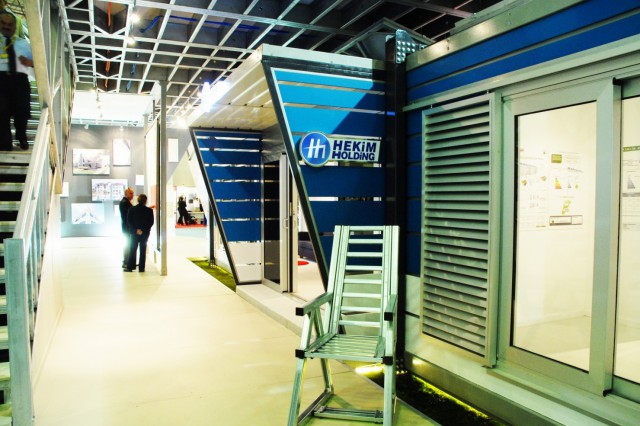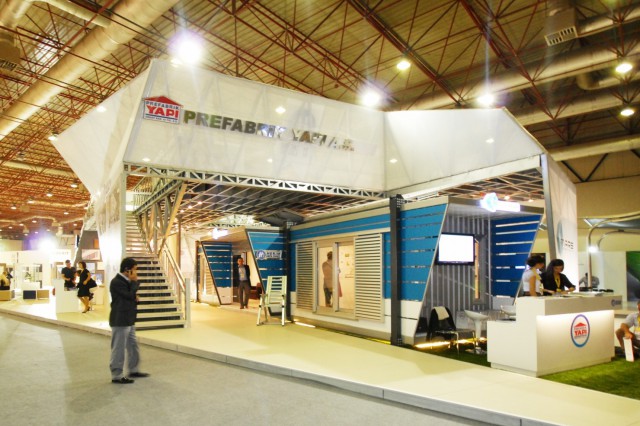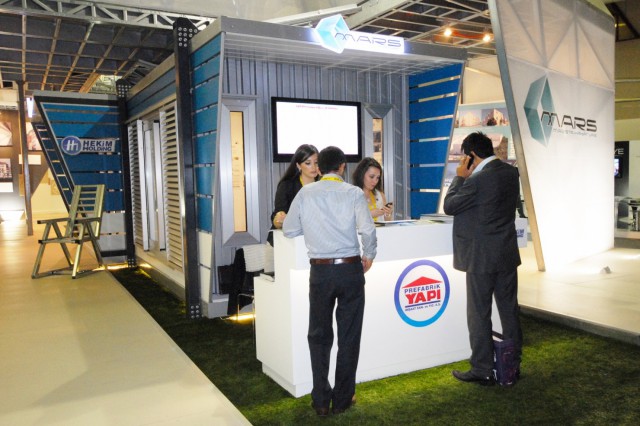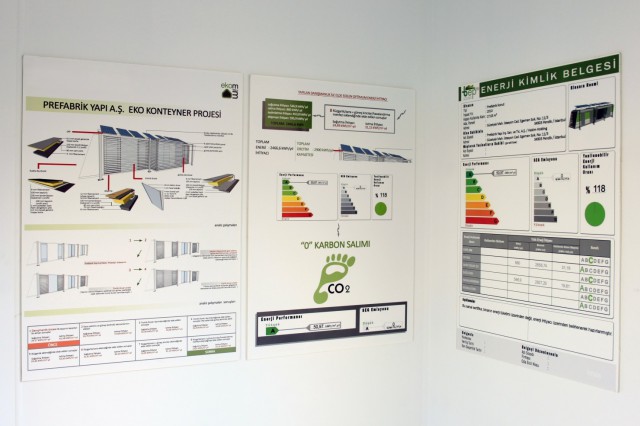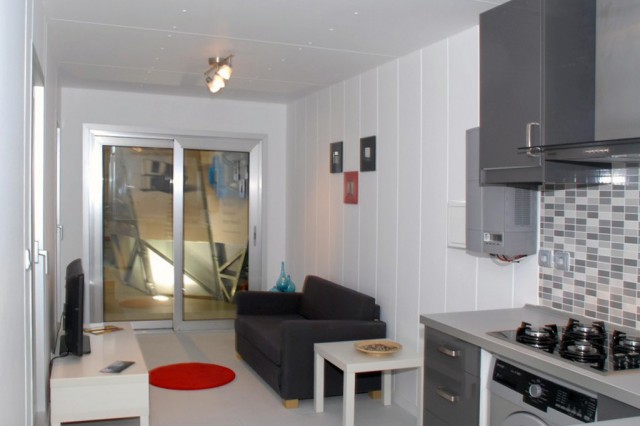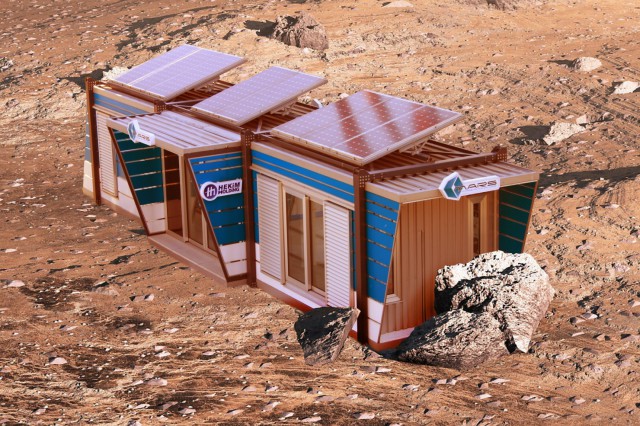ECOLOGICAL MARS STRUCTURES PRODUCING THEIR OWN ENERGY
The Mars project has been evaluated within the framework of ecological building criteria, and the prototype housing application has been designed in order to make the most efficient use of energy and has been exhibited at the Buildist Fair on 30 September – 03 October 2010.
Mars, which generates its own energy, is a structure that you can use in your available geography as you wish, with its mobility feature. Without the need for natural gas, all the energy requirements within the structure are met by photovoltaic panels placed at an angle of 28 degrees on the roof of Mars.
One of the most important design criteria of ecological structures is the use of recyclable materials. Mars is also manufactured with light steel technology and completely eco-friendly fibercement with Euroclass A1 fire rating is employed as surface coating material. With the light steel manufacturing technology, it is possible to build structures with higher insulation values and less energy requirements than the traditional system.
All of the energy calculations of the Mars project, material details used in the material sections, insulation values, design principles, etc. have been carried out by experts, at the same time, under the leadership of Professor Dr. Zerrin YILMAZ, who is an instructor in the Faculty of Architecture in the İstanbul Technical University.
MARS with Euroclass A1 fire rating, is also referred to as “0” CARBON MARS STRUCTURE.
The heating and cooling energy requirements of the building are calculated assuming that all rooms will be heated to 20˚C in winter and all rooms will be cooled to 26˚C in summer. In addition to the building’s solar heat gains, heat gains from people, lighting equipment and electrical appliances were also taken into consideration. This scenario has been decisive in usage schedules since the design scenario of the housing was based on a couple the one of which is operating, the other one of which is not operating. The sealing value, was taken as 0.44 1 / h, owing to the facty that it is (located in the open area) and unprotected, and that the sealing was determined to be high.
– 8cm glass wool is used on the roof and flooring and 5cm rockwool is used on the walls.
– For the window and door areas on the south façade, the fixed blade louvers, which are not connected to automation, are designed as solar control elements.
– 8 photovoltaic panels located on the roof are placed at an angle of 28˚. .
– Isıcam Konfor for the window panes; and highly-insulated aluminum joinery as joinery are employed..
As a result of all the calculations, both heating and cooling energy class of the MARS Project becomes “A” in terms of need. Since all of the energy needs are met with renewable energy technologies, the greenhouse gas emission of the building is “0 ; that’s why MARS is referred to as “0″.
